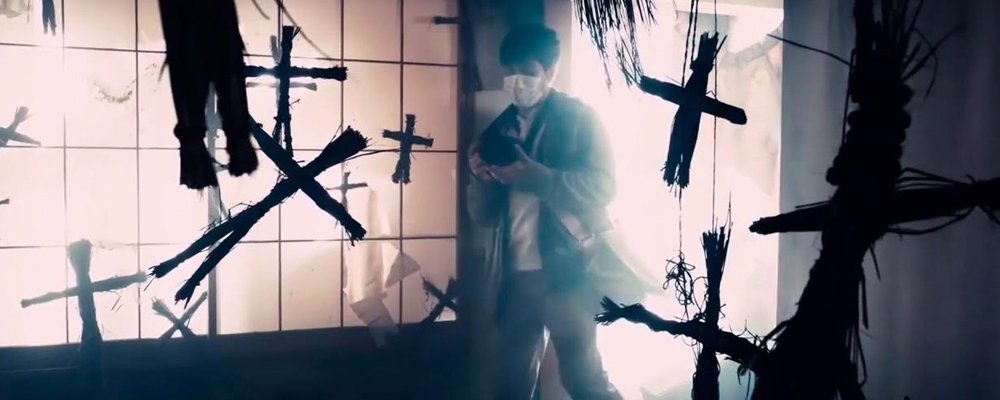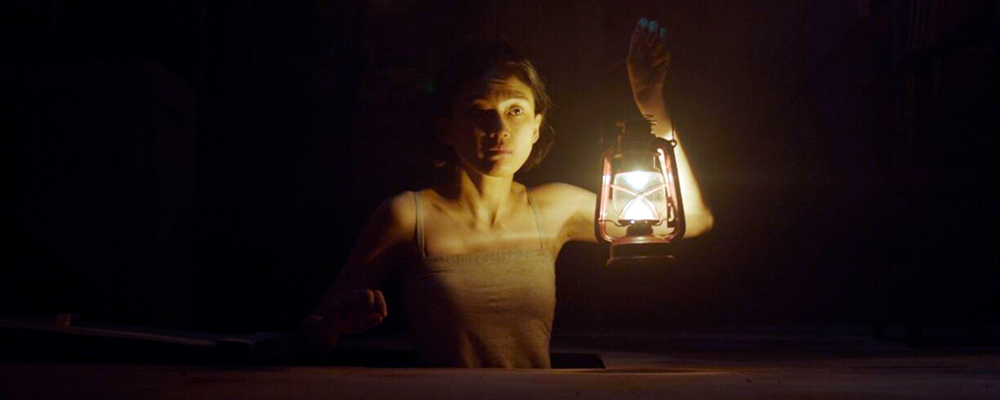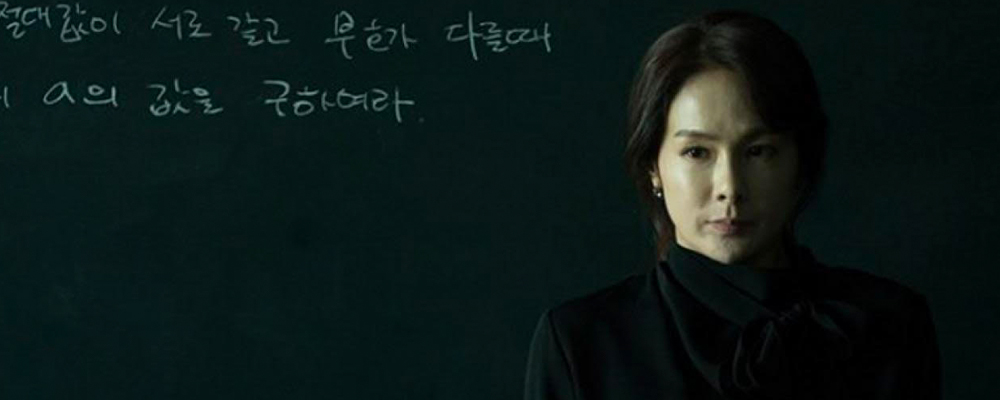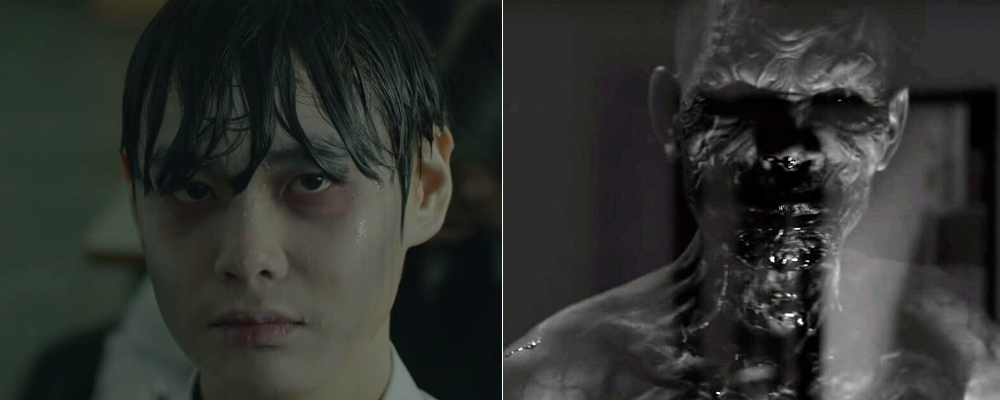HBO’s ‘Folklore’ Brings Together Nightmarish Tales of Asian Terror
Alci Rengifo
“Folklore” goes back to the real roots of terror. This anthology series originally produced by HBO Asia and now premiering stateside understands how the best ghost stories begin as urban legend. Six episodes offer ghoulish tales from Indonesia, Japan, Korea, Malaysia, Singapore, and Thailand. Each story is based on a local legend from the respective country. But fear is something universal that easily transcends cultural and language barriers. Viewers on this side of the Pacific might be fascinated by the anthology’s insights into the different Asian societies presented, but will need no translation when the blood spills and monsters attack.
It’s quite the gallery of impressive talent, this series. Each episode is directed by a different filmmaker, some highly renowned in the Asian horror genre. From Indonesia we get “A Mother’s Love,” directed by Joko Anwar, in which a young mother (Marissa Anita) and her son are evicted and decide to stay in a wealthy employer’s house, only to discover a group of dirty, imprisoned children in the attic. What seems like a terrible enough discovery turns into a supernatural battle with the spirit of a restless woman who lost her own children years ago. It’s an eerie Indonesian variant on a classic folk story familiar to various cultures, like La Llorona in Mexico. Anwar directs the episode with a pounding tension without giving away too much. He uses standard ghost story flourishes, like televisions and lights turning on by themselves or things being thrown around when the mother isn’t looking, to build up the narrative towards a rather haunting climax.
A beautifully-directed section comes from Japan, “Tatami,” directed by Takumi Saitoh. Kazuki Kitamura plays a “crime scene writer” who returns home for his father’s funeral, but when he begins to remember his childhood a dark secret emerges involving murder and deception. Saitoh directs the episode with the kind of visual elegance common in Japanese cinema, basing the theme around the traditional Japanese tatami, a mat made of rice straw. Do the objects on which horrific crimes occur retain the aura of the act? And if so, what if the space then seeks revenge? There is a scene in the episode which might make you think twice before going to bed if you view this chiller late at night. Many of the episodes succeed precisely because they don’t follow the kind of bombastic, whacky horror common in the United States. Many filmmakers tend to confuse gore with terror, when what is truly disturbing is what we can’t see. To be sure there are indeed moments of gruesome bloodshed in “Folklore,” including entities that gorge on human hearts, tear out intestines and emerge from under the bathwater. But the violence occurs like sudden flashes, creeping out of the dark or jumping out from behind a door. The stories build up to the morbidity. They are not driven by it.
In the story from Singapore, “Nobody,” Eric Khoo takes a typical horror story setting and turns it into something that gives a bigger punch than just mere frights. Construction workers at a rural site find the dead body of a young woman and then try to burn it. Why? Because she was raped and murdered by some of the local men. You can imagine where this is going. Indeed, the young woman’s ghost, a “Pontianak,” begins to haunt the workers’ camp. But Khoo uses the ghost story tool to also comment on class divisions in Singapore and the plight of workers. The terror becomes a reckoning for the way we treat each other and so the rape becomes a more powerful, striking metaphor about answering for inhuman acts. The beauty of the technique is that the narrative has a classic approach common to folk storytelling everywhere. By celebrating these Asian horror stories, “Folklore” also demonstrates the way storytelling links all peoples. In the Thai episode, “Pob,” director Pen-Ek Ratanaruang even has a ghost confess to his own crime, telling his story to a journalist who then strikes a Faustian bargain with the entity.
These are stories beautifully filmed with gothic and baroque aesthetics, sometimes featuring creatures and spirits designed to stay in our memories. Some of these tales are rich in how simple and classic their themes are. In “Mongdal,” from Korea, director Lee Sang Woo tells a twisted love story about a psychopath who becomes obsessed with a girl he can’t have. Without spoiling too much, the tale descends into a truly insane narrative involving a mother’s devotion to seeking a bride for her son. It’s an irresistibly perverse story, brilliantly filmed with the logic of a nightmare.
“Folklore” is part of HBO’s recent partaking in the world of anthology TV, in particular the kind highly influenced by shows like Netflix’s “Black Mirror.” But this isn’t superficial sci-fi imitation. It’s a rich collection of material akin to a fine book of short stories. These are small films onto themselves, offering a diverse collection of terrors adept in the universal language of nightmares.
“Folklore” season one premieres Feb. 1 on HBO NOW, HBO GO, and HBO On Demand.




